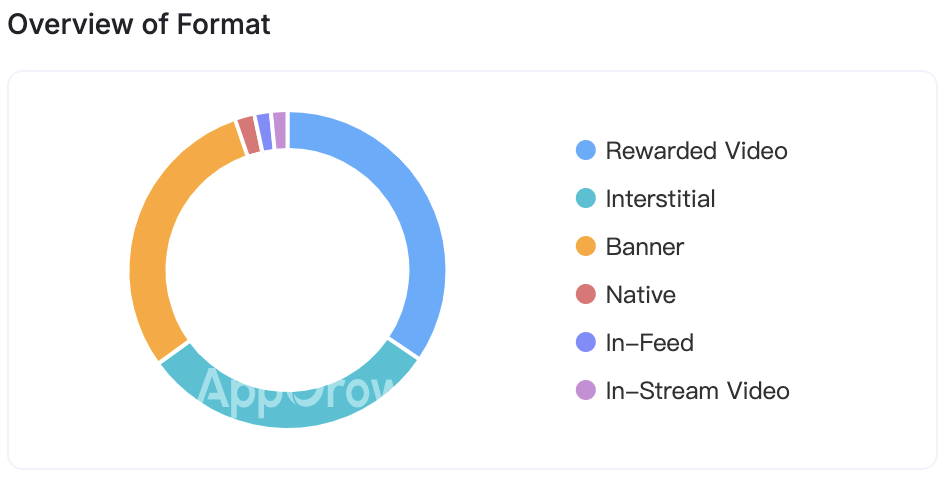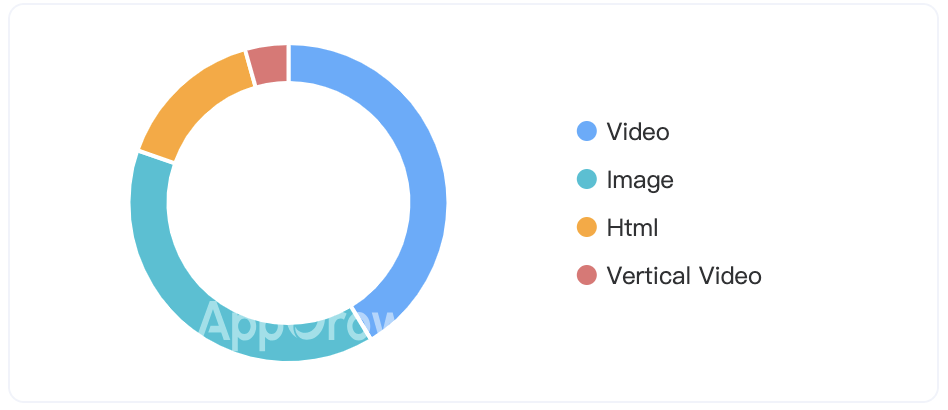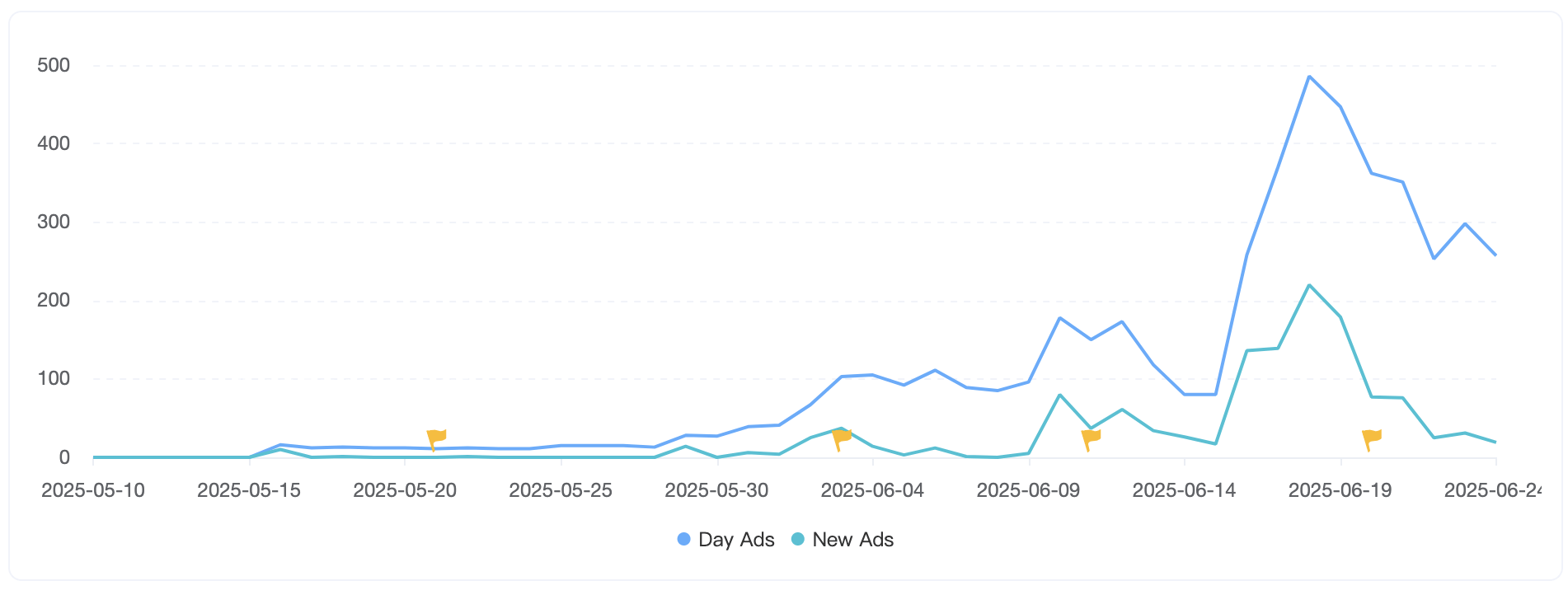Persona5: The Phantom X, the mobile spin-off of Atlus and SEGA’s blockbuster Persona 5 IP, officially launched in the U.S. market in late June 2025—and quickly soared to the top of the iOS free games chart.
The launch follows the enduring global success of Persona 5 Royal, which, according to internal SEGA data, has now sold over 7.2 million copies worldwide as of June 2025.
Leveraging this powerful brand legacy, the mobile title was supported by a robust user acquisition campaign. Based on data from AppGrowing, here’s a closer look at the game’s international ad strategy.
Advertising Overview
According to AppGrowing, Persona5: The Phantom X ran a total of 1,329 ad creatives, spanning 23 regions and 4 ad platforms.
-
Rewarded video made up the largest share of placements at 35%, followed by interstitials at 31%, and banners at approximately 30%.
-
In terms of formats, video creatives accounted for more than 45%, with standard video making up 41%, and vertical video contributing about 4%. Image creatives comprised 38% of total assets.
Ad Volume Surge Leading to Launch
The game began testing small-scale ad placements in mid-May. By early June, daily ad volume had already exceeded 100 creatives. As the launch approached, spend ramped up aggressively:
-
On June 16, ad volume surpassed 200 creatives.
-
By June 18, just days before launch, daily placements neared 500, signaling a full-scale push toward user acquisition in the final stretch.
Platform Strategy
The campaign leaned heavily on Google Ads, which accounted for a dominant 99% of total placements. The remaining ad spend was distributed between Unity Ads and TikTok Ads.
This platform selection reflects a strategic focus on reach and efficiency—Google Ads’ broad user base enabled Persona5: The Phantom X to target its core demographics with high precision, improving ad conversion rates in the process.
Conclusion
AppGrowing’s analysis of Persona5: The Phantom X reveals a finely-tuned and diversified advertising strategy, tailored for high-stakes IP launches.
By combining precise targeting with multiple creative formats and strategic platform allocation, the campaign helped SEGA capture massive attention and strong early performance in the Western market.
For marketers seeking inspiration on how to scale a global mobile IP, this case offers valuable insights into performance-driven launch execution.




